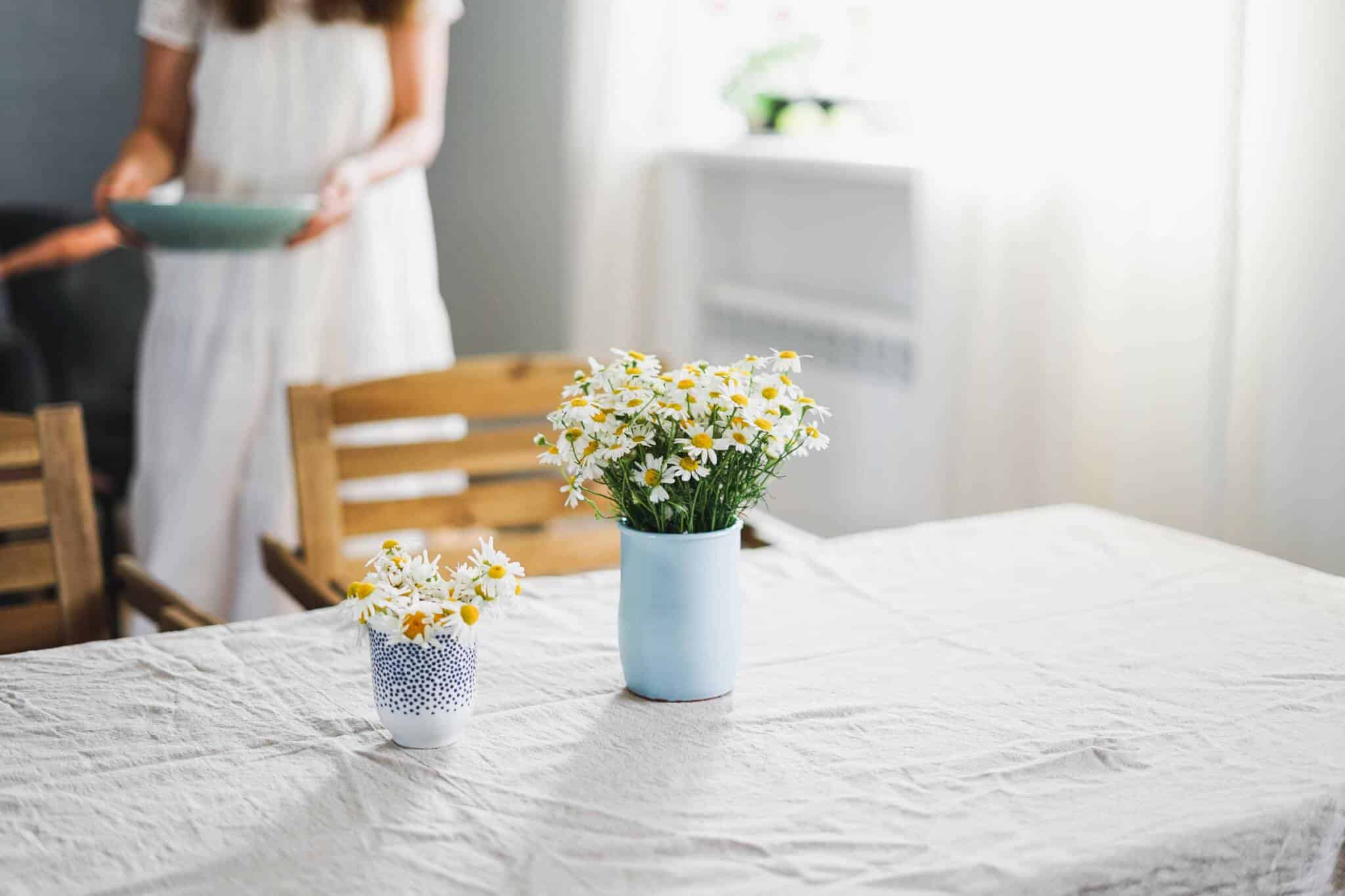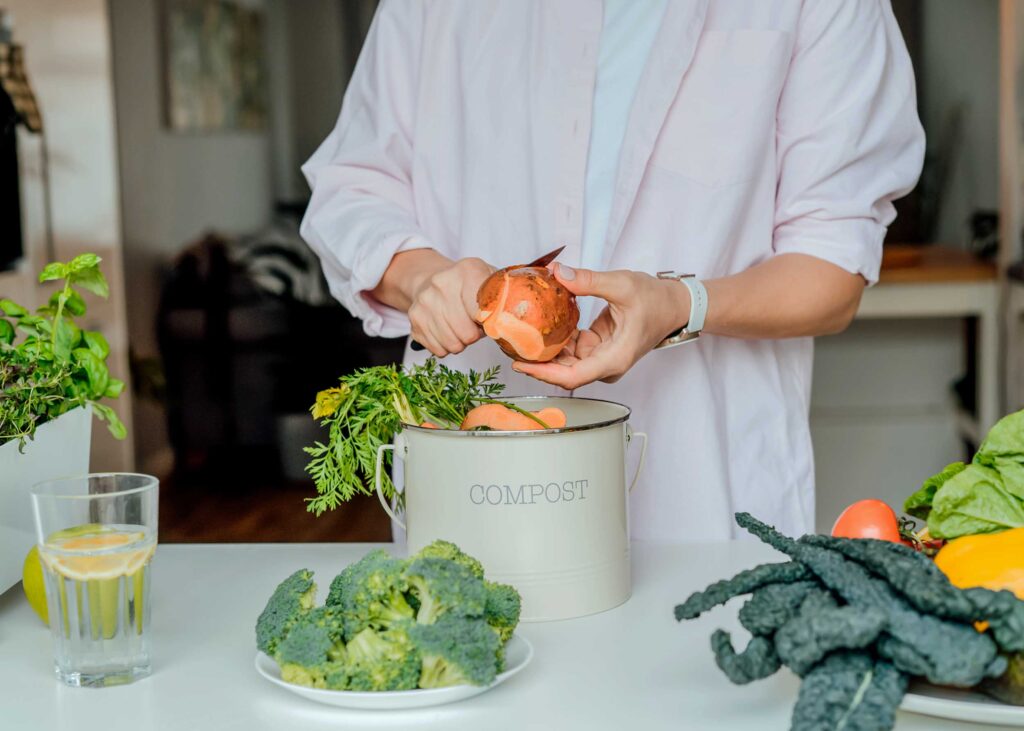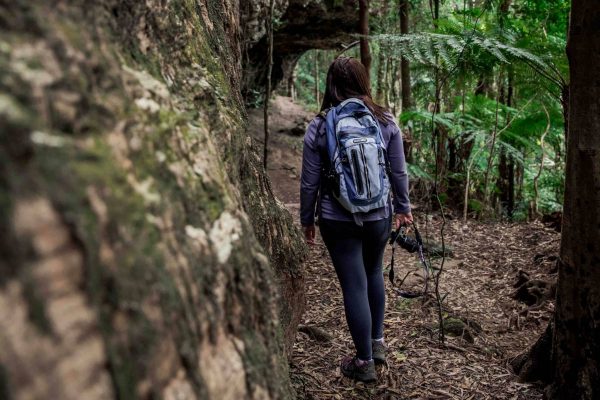We all want to be better humans, but we’re exhausted.
We know sustainability matters, that the planet needs a bit of help, and we’d love to be the kind of person who composts religiously and knows their carbon footprint down to the decimal. But life is busy, the news is bleak, and, honestly? Some days, just remembering to put the soft plastics in the right bin feels like a win.
I’ve been living sustainably for over a decade. Writing about it, researching it, and running The Green Hub to help others do the same. And if there’s one thing I’ve learned? No one gets it perfect.
Image via Subpod

I’ve had my fair share of eco-guilt spirals and well-intentioned swaps that just didn’t stick. But I’ve also learned that the small, imperfect actions add up.
Sustainability isn’t about doing everything—it’s about doing something.
And when enough of us make tiny tweaks, the ripple effect is real.
So, here’s our lazy person’s guide to a more sustainable life – easy, practical changes that require minimal effort but maximum impact.
The ‘Do Nothing’ Wins (Sustainable Choices That Require Zero Effort)
Sometimes, the best thing you can do is nothing at all. Here’s how:
- Use what you already have – That ever-growing cotton tote bag collection? The reusable water bottle hiding in the back of your car? Those plastic takeaway containers? Use them. The most sustainable product is the one you already own. No need to buy another just because it has a cute eco-label.
- Be lazy with laundry – Washing less saves water and energy and extends the life of your clothes. Unless it’s stained or smelly, it can wait. Airing clothes between wears and using a fabric refresher spray keeps them fresh longer.
- Let your garden go wild – Less mowing = more biodiversity. Native plants and messy corners create shelter for insects, birds, and small wildlife. Bonus: less yard work for you. Even leaving part of your lawn to grow a little wild can make a difference. Learn more about rewilding here.

The Low-Energy Swaps (Effort Level: Pressing ‘Add to Cart’)
If you can online shop, you can be more sustainable. A few low-effort swaps that make a big difference:
- Switch to a green energy provider – It takes five minutes and helps reduce your household’s carbon footprint. Check out GreenPower to find accredited options in Australia.
- Buy secondhand without leaving your couch – Marketplace, eBay, Depop, and Gumtree are goldmines for pre-loved furniture, clothes, and whatever else you probably don’t need but will buy anyway. Second-hand shopping reduces waste and keeps items in circulation longer.
- Eco-friendly toilet paper subscriptions – You’re going to buy toilet paper anyway, so why not get one that’s plastic-free and helps fund sanitation projects? Who Gives A Crap and How We Roll, we see you.
Sustainable Shopping Hacks (Because We Love a Bargain)
Sustainability and smart shopping go hand in hand. Here’s how to shop better:
- Buy less, but buy better, Which means investing in quality over quantity. Focusing on fewer, higher-quality things that actually last (yes, this applies to clothes, furniture, and kitchen gadgets you think you’ll use but never do). Prioritise brands that focus on longevity, repairability, and timeless design. Platforms like Buy Me Once curate products built to last, from cookware to clothing, reducing waste and saving you money in the long run. A well-made item may cost more upfront, but it pays off when you’re not constantly replacing worn-out alternatives.
- The ‘lazy person’s capsule wardrobe’ – We wear 20% of our wardrobe 80% of the time. Why not just lean into that? Stick to pieces that mix and match effortlessly, so no more frantic rifling through your closet just to find something to wear. Less stress, more style, and extra cash in your pocket – win-win.

Food (The Low-Effort Way to Eat Sustainably)
Making sustainable food choices doesn’t have to be complicated:
- Embrace ‘lazy meal planning’ – Cook once, eat for days. Batch cooking saves time and prevents the sad, slimy bag of spinach situation. Freeze portions for easy weeknight meals.
- Less food waste = less guilt – Buy the weird-looking carrots. Use veggie scraps for broth. Freeze leftovers. Less waste, more savings. Simple tricks like storing herbs in water, using veggie scraps for broth, and checking the fridge before shopping can significantly reduce waste. More food-saving tips here.
- Eat more plant-based – No one’s telling you to go full vegan overnight, but cutting back on meat is one of the easiest ways to reduce your environmental impact. Start small with one or two plant-based meals a week. Lean into the simplest meals, think chickpea curry, lentil soup, or just a really good veggie sandwich.
The ‘Set and Forget’ Approach (Automate Your Impact)
For sustainability that runs on autopilot:
- Bank with a sustainable bank – Because our money shouldn’t be funding climate destruction. Unfortunately, many major banks are deeply invested in fossil fuels. Ethical banks like Bank Australia and Beyond Bank put your money to better use—think renewable energy, community initiatives, and ethical lending. Moving your money might sound like a hassle, but most banks make switching easy with step-by-step guides, and the long-term impact is worth it.
- Superannuation, but make it ethical – Your retirement fund could be propping up coal mines without you even knowing it. Ethical super funds invest in renewables, healthcare, and education rather than fossil fuels. Use Super Switch to compare funds and ensure your money supports climate action.
- Set up an automatic donation – Pick a cause, set up a small monthly donation, and let it run in the background of your life. Some great options: Bush Heritage Australia (ecosystem protection), Greening Australia (habitat restoration), and Firesticks Alliance (Indigenous-led cultural burning). Put your money where your values are without thinking about it every month.
Sustainable living doesn’t have to be a full-time job
Coming from someone who’s been knee-deep in it for nearly a decade (and made it a full time job). The small changes, the lazy swaps, and a few set-and-forget hacks all add up. Especially when we’re all doing them.
And if all else fails, the absolute laziest way to make an impact? Share this guide with a friend. Boom. Activism achieved for the day.


